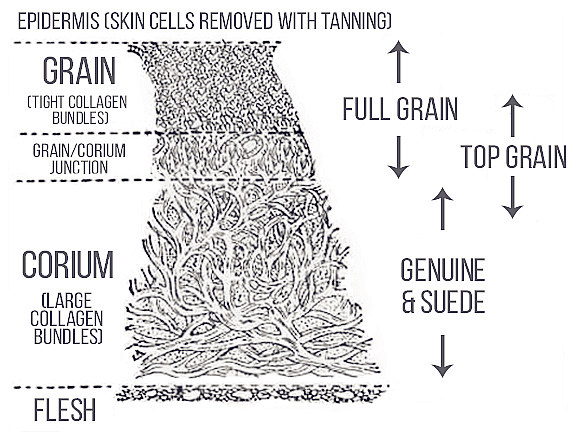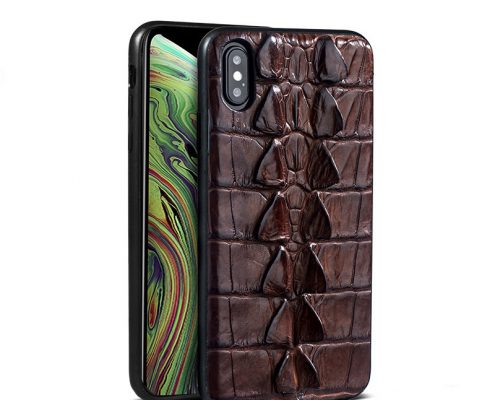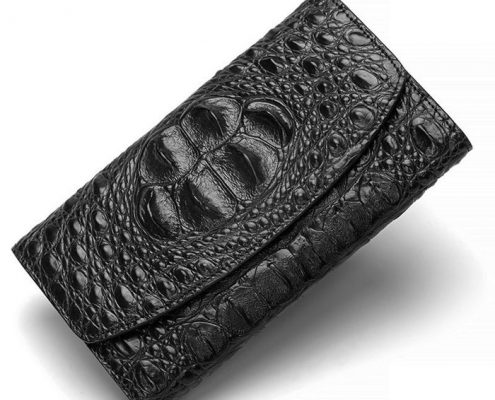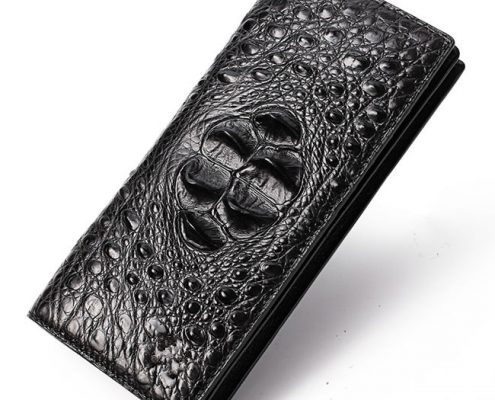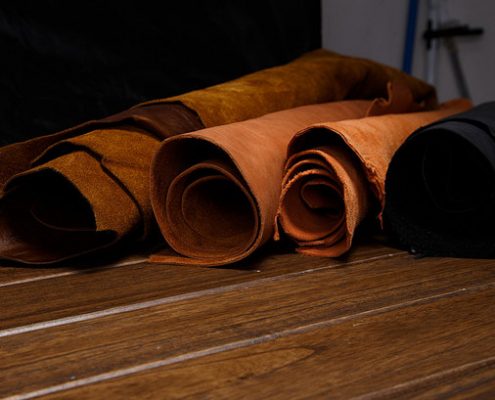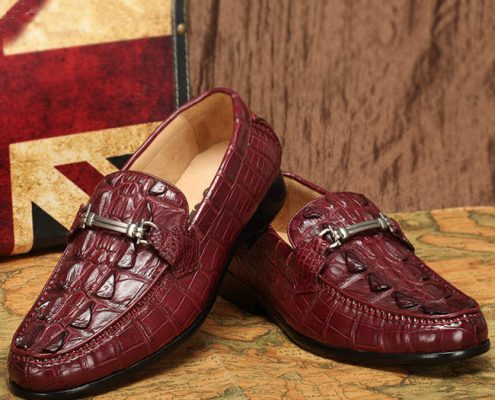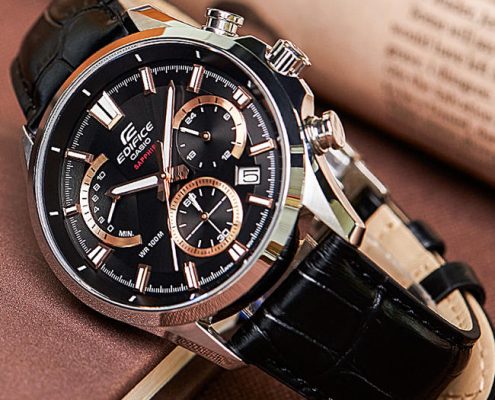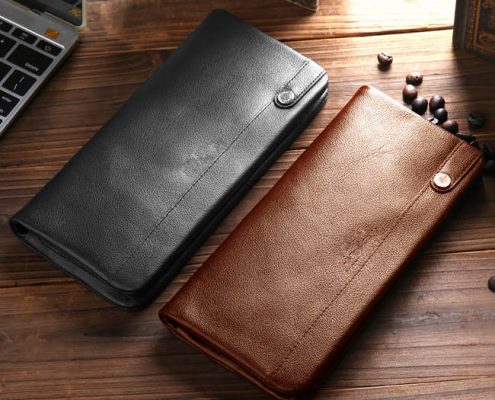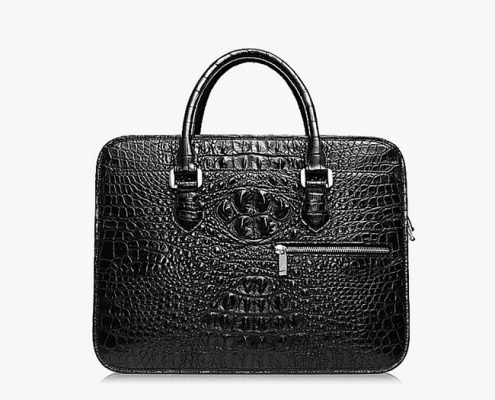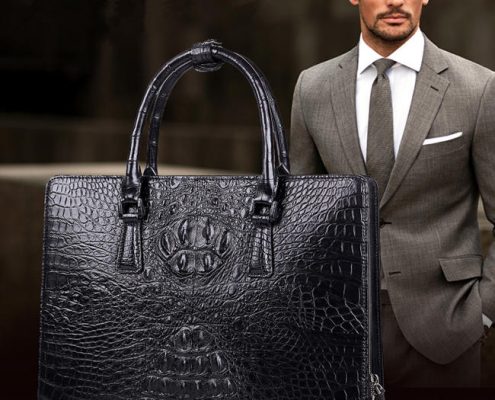Types of Leather Grains-VANGOSEDUN Leather
Leather is made from a variety of animal hides. The hides are preserved through a process called tanning, during which a chemical (tannin) is usually applied to the hide. Many methods of tanning have been developed over the centuries.
The most common tannins you’ll hear about these days are vegetable-based, resulting from the bark of trees, wood or other plant parts, or chrome-based, where chromium salts are used. Other types of tannins exist, but are less commonly used. Color imparted to the hide during tanning varies depending on the process and tannin used. Dyes and pigments are often applied to leather later in the production process.
After tanning, hides may be split to obtain a material that can be crafted into useful products or apparel. If the top surface of a hide is of exceptional leather quality, meaning that it does not have much damage from insects, scars or brand marks, then it can be used as-is and is called full grain leather.
Full Grain – Cream of the crop.
The uppermost portion of the hide; also the most dense for maximum longevity. Retains natural surface characteristics of the animal and ages beautifully. And has a very good flexibility, strength and process plasticity, etc., is the first choice of high-grade leather handbag brand materials;
Top Grain – Mid-grade choice.
Natural “Full” grain removed and underlying “Top” grain stamped with corrected grain. Hide maintians structural integrity, but scars and imperfections removed.
Genuine Leather – The economic choice.
Lower layer of hide under Top and Full Grain. Surface covered with synthetic material to give leather fibers added durability.
Related search: leather briefcases, leather backpacks, leather handbags, leather laptop bags, leather messenger bags, leather travel bags, leather duffle bags, leather totes, leather belts, leather satchels, leather clutches, leather purses, leather wallets, leather hats, leather watch bands, leather apple watch bands, crocodile handbags, crocodile bags.

